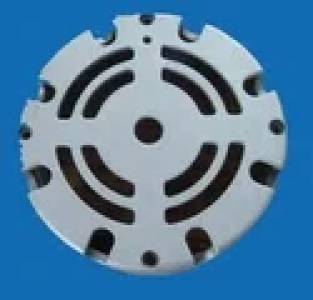
Gravity die casting is a cost-effective and versatile metal casting process ideal for producing high-quality components with excellent surface finish and dimensional accuracy. This process utilizes gravity to fill a reusable metal mold (die) with molten metal, resulting in castings with superior mechanical properties compared to other casting methods like sand casting.
How it Works:
The process begins with molten metal being poured manually or automatically into a preheated die. Gravity facilitates the flow of the metal, filling the mold cavity completely. After solidification, the die is opened, and the casting is ejected. This relatively simple process allows for high production rates, making it suitable for both large and small-scale production runs.
Advantages of Gravity Die Casting:
Applications:
Gravity die casting finds widespread applications across various industries, including:
Limitations: